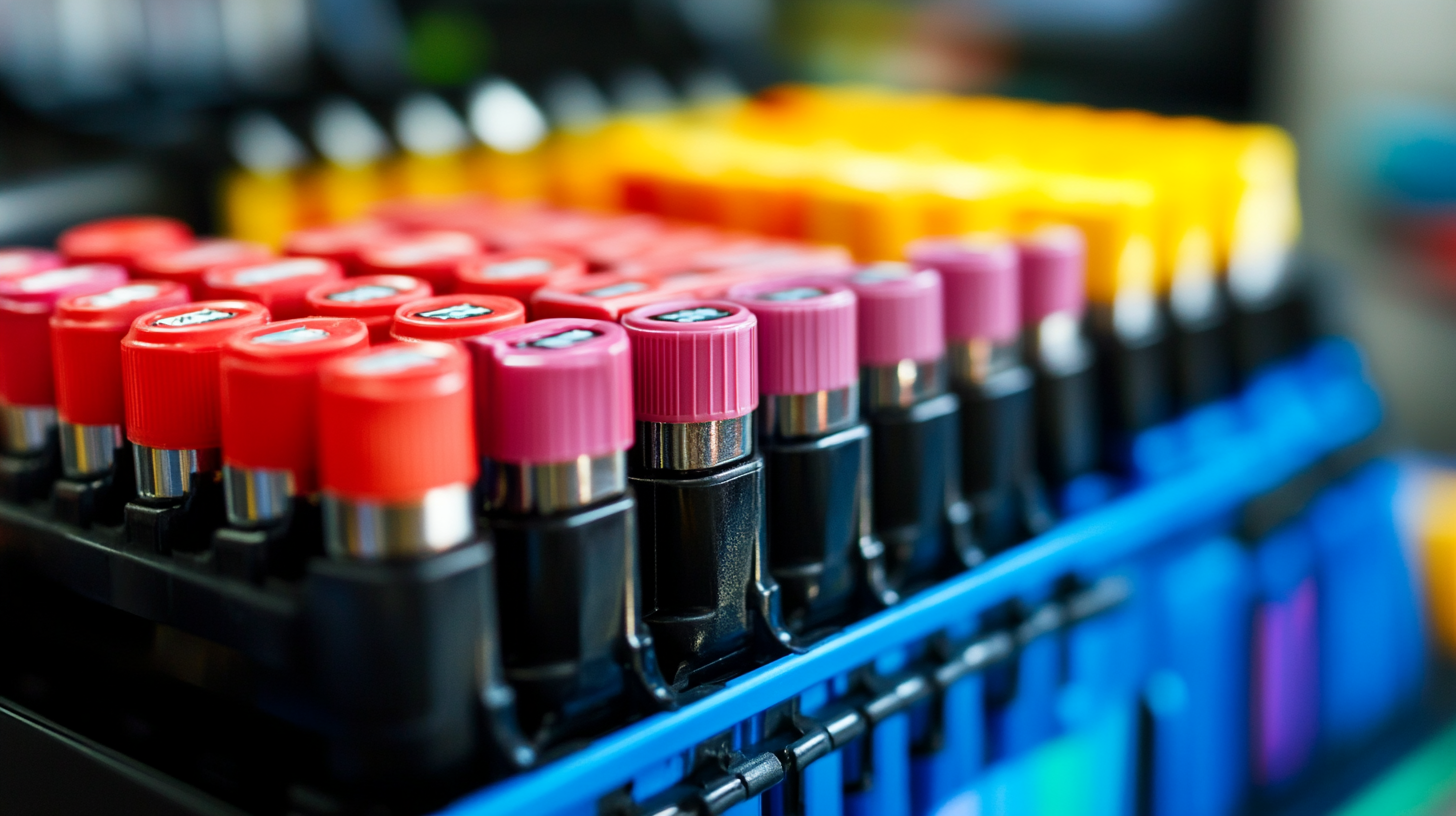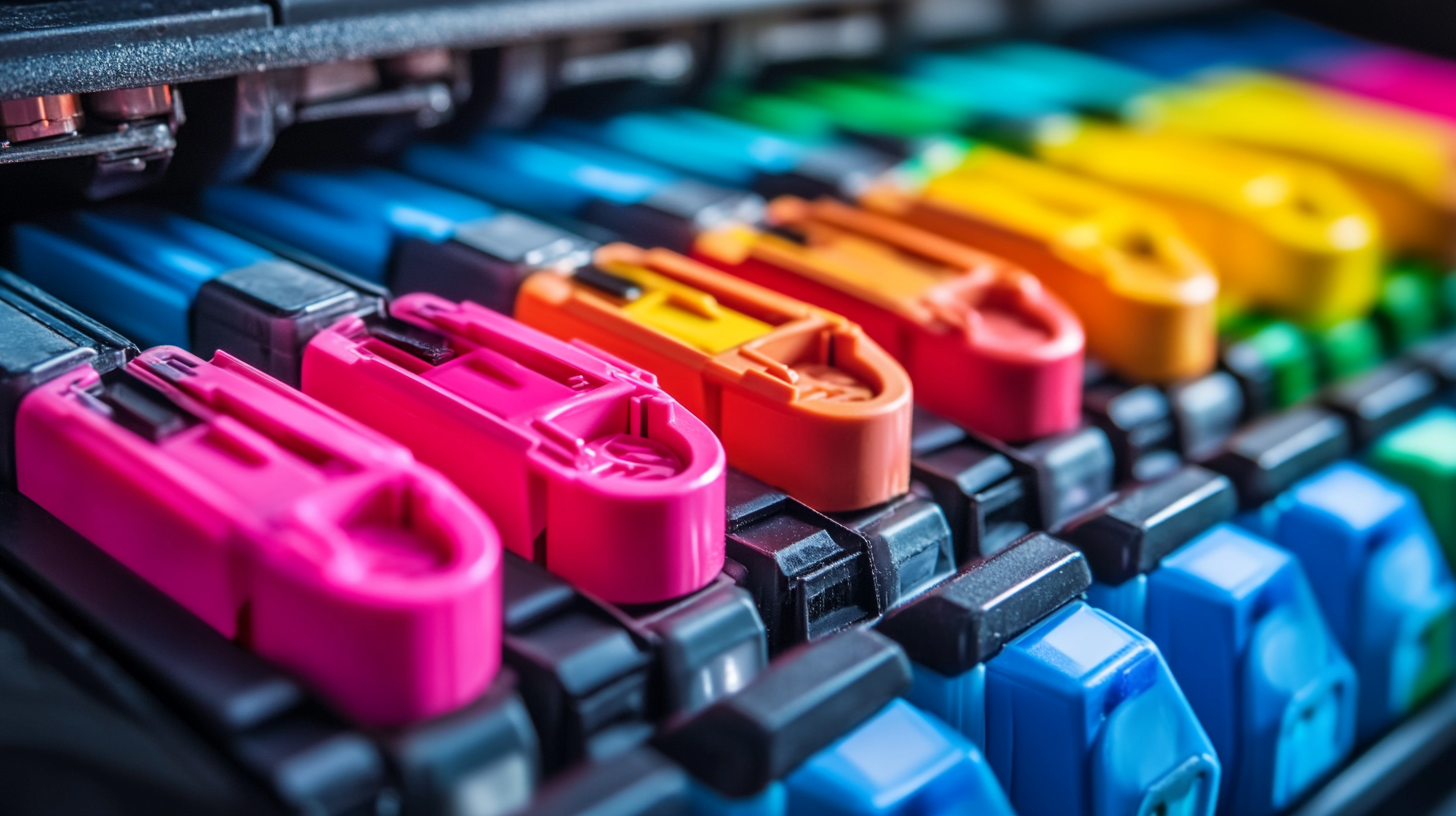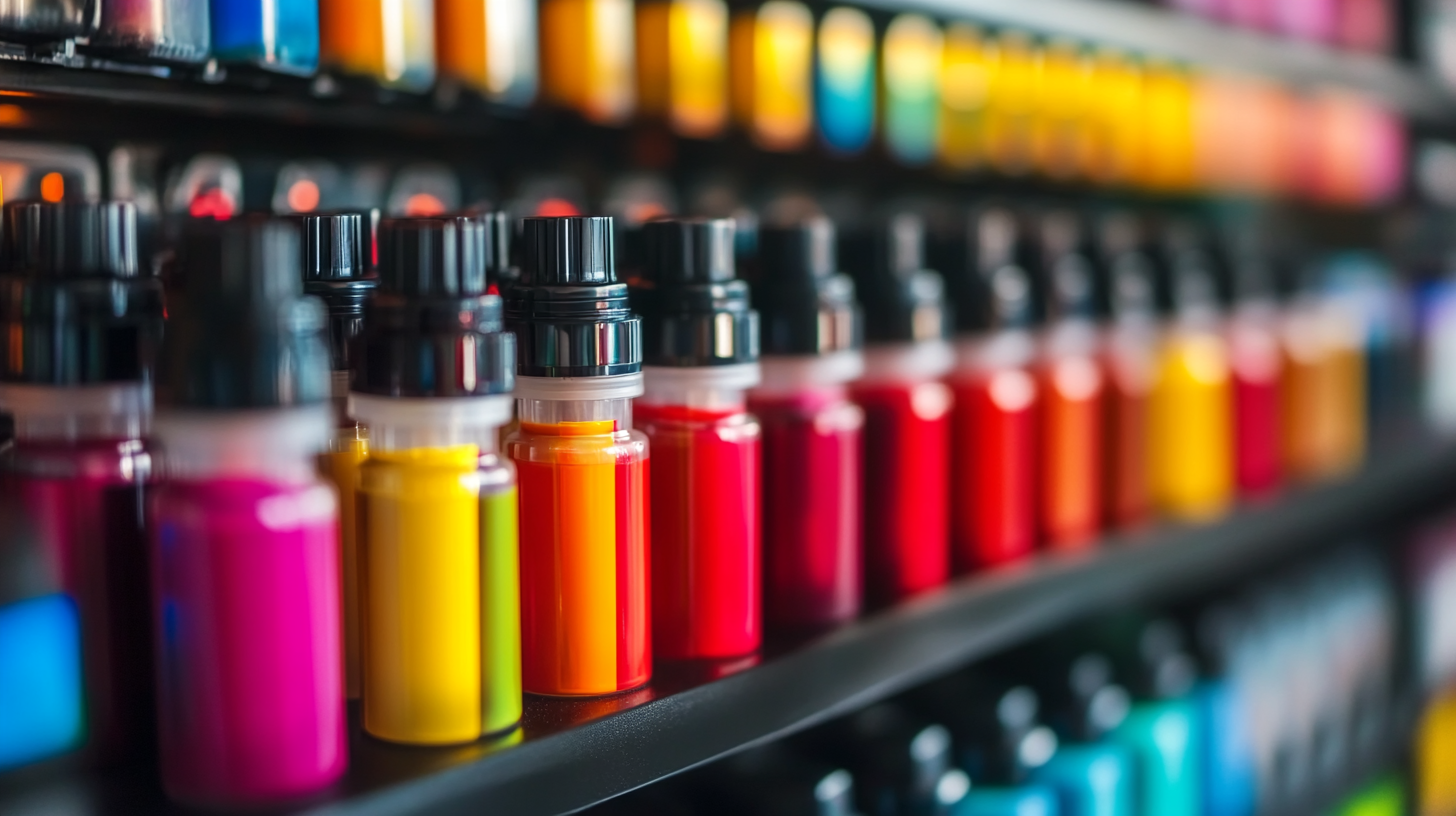Partner Login
Enter your username and password here on order to log in on the partner portal:
No registered partner yet?
Register nowGlobal Ink Cartridges Market Outlook 2025: Trends, Challenges, and Success Stories
The ink cartridge sector is likely to witness an enormous amount of change until 2025 due to technological advancements, changing consumer behavior, and environmental demands. Ink cartridges are not only indispensable constituents of the printing technology; they are extremely important at the very crux of innovation and sustainability in the consumer electronics space. The demand for high-quality and reliable ink cartridges remains unshaken as businesses and individuals continue to migrate to digital solutions. It is imperative for stakeholders to comprehend the future trends, challenges, and success stories in this sector in order to circumvent the difficulties posed in this particular market space.
However, as the ink cartridge world is beginning to see some changes, many factors will influence the probable path in the near future. From the increased emphasis on eco-friendly alternatives to the integration of smart technology, the ink cartridges market looks set for some radical changes. Price competition and supply chain disruptions could also present major challenges to navigate. This blog will highlight current trends impacting the ink cartridges market, challenges faced by companies, and success stories that showcase resilience and innovation in this fast-changing environment.

Market Size and Growth Projections for Global Ink Cartridges by 2025
The global ink cartridges market is expected to witness a huge growth surge, with the projection indicating an increase starting from $151 billion in 2024 and going up to $170.7 billion by 2025. This boom, in turn, indicates an ever-increasing customer base and developing printing technologies that require other high-quality yet cost-effective solutions. By the year 2032, the market is expected to hit $372.3 billion, which will remind us of the compound annual growth rate necessary for innovation in this sector. Sustainability trends and the need for efficient printing will influence market insights into an evolving scenario. With the increased pressure on business and consumer sectors to go green, recyclable and refillable ink cartridges are becoming more and more sought after. The trends in print technologies, alongside increased popularity of 3D printing, also instigate drastic changes in the market. These changes enhance productivity while also being an alternative means of cutting down on waste and promoting ecological responsibility. As companies that study these consumer preferences adapt to growing trends and technological advancements, they will be the probable champions of tomorrow in the ink cartridges market. The ink cartridges market is also poised to benefit from similar consumer trends expecting a growth rate of approximately 6.6% in parallel markets like yogurt and less packaging, health sustainability. The next few years will be very decisive in deciding the fate of ink cartridges, creating a buzz for the stakeholders.

Key Trends Shaping the Ink Cartridge Industry: Sustainability and Innovation
The world of ink cartridges is changing quite a bit on many different fronts, but mostly through sustainability and innovation. As environmental issues have taken center stage as one of the most significant problems in the modern era, manufacturers tend to consider ways to reduce waste and perhaps make goods offered to consumers more environmentally friendly. One appeal of a new report in the Grand View Research well on the line of a positive prognosis is that it states the demand for the green ink cartridge usage is going to increase globally at a compound annual growth rate of 4.2 percent from the year 2023 to the year 2025. That is also true for an increase in refillable and recyclable cartridges, as these are the top consumer preferences for greener alternatives.
It is also a phenomenon that has brought a shift in the ink cartridge market. Technological advances have led to the development of cartridges with a high capacity, besides providing better ink formulations for quality print and longevity in performance. A report by Smithers reveals that the world's inkjet cartridge market is expected to grow to $23.3 billion in 2025, driven mainly by innovations that improve efficiency in performance. Companies that spend well on research and development of new materials and manufacturing processes would have a clear edge over their competitors as they adapt to an ever-changing market.
In addition to these, smart technology is now being integrated into ink cartridges. Automatic reordering and links with smart home systems are providing clients with more ease when using such products. In the survey by the fintech study, approximately 27 percent of customers indicated they were interested in buying smart ink cartridges within the next few years; according to trends, this is also an emerging market for products that are considered smart and connected. As the changes in the industry's trends continue to happen, it might also be expected that the demand for consumer satisfaction would translate into increased market growth.

Challenges Facing the Ink Cartridge Market: Supply Chain Disruptions and Cost Pressures
The current temper of the global ink cartridges market is undergoing tremendous impact from some of the challenges, which are shocking to its growth. Supply chain disturbance being one of the major challenges, the most critical issue is, however, emanating due to the outbreak of COVID-19 pandemic, which has exposed the condition of the whole supply chain and deeply affected the quality and quantity shortages of raw materials essential for producing ink cartridges. Although this is raising havoc with manufacturing, it creates an unfortunate time lag for consumers in delivery, affecting market performance as units.
Cost pressures coupled with supply chain problems would worsen housing and importation issues. In a nutshell, even rising prices of raw materials and increasing transportation costs are experiencing severe margin contractions for producers. Most now find themselves in a squeeze—just figuring out how to price competitively while satisfying the quality threshold. Then some manufacturers would be making the unfortunate decision to either cut output or quality, therefore, affecting consumer trust as well as satisfaction.
Sustainable ink cartridges have additional demands that arise with the environmentally conscious consumers. Therefore, those shifts among consumer demands exert more pressure on manufacturers to innovate; however, they are still opportunities for those who can meet the new preferences of the consumers. Strategic supply chain management with a green touch is deemed to help to solve these challenges and, moreover, give a differentiator to brands with success in the increasingly competitive markets.

Success Stories: Leading Brands Innovating in the Ink Cartridge Space
Some of the world's largest ink cartridges changing innovational yet consumer-centric approaches between one another to make strides in the market are really well into the outcome of successful stories. Such successful stories are ways through which a brand has proven its adaptability as far as changing consumer tastes and emerging advancement in technology is concerned. Epson is one of those brands that spearhead initiatives into low-cost printing, this is why the brand comes with the EcoTank series. Using refillable ink tanks, Epson minimizes per-page cost to consumers and creates awareness towards sustainable practices against waste resulting from traditional cartridges.
Similarly, an innovation that transformed the market is HP's Instant Ink subscription service. The innovation did not only enable users to escape running out of ink but also allowed them to do so at an affordable cost without compromising their printing standards. By employing smart technology, HP monitors ink levels and ships new cartridges when needed automatically; hence, the seamless printing experience of customers. Such futuristic models redefine the perception to ink material procurement by end-users in the process-making it affordable and efficient.
Furthermore, Canon does not lag behind because they also launched high-yield cartridges intended for heavy users, for example, offices or educational institutions. They are concerned about improving the quality of prints and reducing environmental impacts. Thus, setting a new threshold in the industry. However, these innovations are present in the bigger trend of more and more companies posting eco-friendly practices though continuing service to the diverse needs of their consumer bases. Those are the companies setting the benchmarks for innovation; in return, they glorify commercialization through such methods, but it is also a Y2Ke culture in those companies about nurturing sustainability, which is accepted by the current generation of consumers.
Consumer Preferences in Ink Cartridge Usage: Insights from Recent Surveys and Studies
Recent surveys have shed light on consumer preferences regarding ink cartridge usage, affecting the global ink cartridges market. As ResearchAndMarkets reported in 2023, almost 60% of consumers prefer compatible cartridges due to their cheapness as compared to OEM cartridges. This shift evidences a consumption trend wherein savings-led variants are being increasingly adopted by price-sensitive users against alternatives of perceived equal quality.
Environmental consciousness is yet another strong determinant in influencing consumer buying choices. Data from Eco-Print recently indicated that nearly 70% of respondents consider ink products' sustainability in their purchasing decisions. This, in turn, has led to a demand surge for cartridges manufactured from sustainable materials-friendly, refillable, or both. Reports indicate sustainable brands are witnessing a rise in customer loyalty of around 15%, showing that eco-friendly practices are no longer just a fad but a seismic change in buying behavior.
Consumer preferences are also swayed by technological developments in ink cartridge design. Product innovations, such as smart cartridges that track ink levels and notify an end-user when to buy more ink, have gained traction. The Technavio market study found that products on such technologies will observe a CAGR of over 20%, as convenience is appreciated by the consumers. These changing consumer preferences therefore become significant for any organization if they wish to thrive in the competitive ink cartridge market.